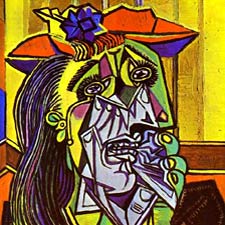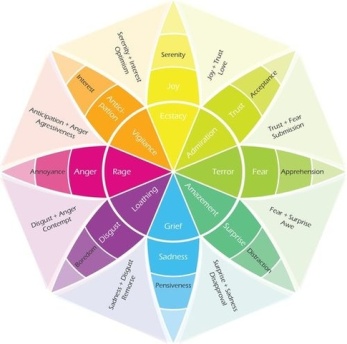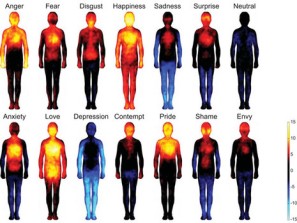Do people want to learn how to better communicate their emotions?
Last week I hosted the workshop “These are Feelings – not Facts:Communicating Emotions”, and as I prepared for the workshop I struggled with which would be the “best” pathway and theory to use as a lens for highlighting the information I wanted to share. I could have rested on what I teach in the classroom – but I didn’t want to come across as too academic. However, when I realized that I was looking for “pathways” “theories” and “lenses” I knew that my “framework” was going to be academic and I needed to change directions immediately!! So I got down to the basics and asked:
What is an emotion?
The answers that I get when I ask this question are all over the place (which is why I decided to have the workshop). I would hear things like “Emotions are feelings” and “Emotions are things that happen to us” and “Emotions are those things that you can’t explain but you know about them.” So, how can we communicate our emotions effectively if we can’t define them? So what is an emotion? An emotion is really the result of a process that we experience which involves our perceptions, physical and social experiences, and language. All of these things work together to create the thing we call emotions. Let’s be honest, no one defines emotions this way in their personal relationships! We usually go for the the label of the emotion that we think we are experiencing to define emotions. Stay with me here!
Which emotions are you experiencing?
Notice that I used the plural “emotions” in the question. This is intentional because when we are experiencing “some kind of feeling” it is usually multiple feelings or emotions and we tend to talk about the ONE we are most comfortable sharing. For us culturally, it is generally, “mad“, “sad“, or “happy” and then we throw in some additional descriptions that aren’t emotions at all like “good“, “fine“, “okay“, and “alright.” Going back to “What is an emotion” all of those components that go into the “process” of creating emotions, it is clear that these one word response are not accurate. How often do we respond with counterfeit labels to identify our emotions? Uh, very often!! How can we communicate our emotions effectively and appropriately if we are ignoring them? So once again, here is another reason for having the workshop!
Picasso’s painting gets at the point that I’m trying to make.
What emotions do you think she is experiencing? Take the poll below!
Plutchik’s Wheel of Emotion is a great place to start to understand how complex emotions are and to gain a broader vocabulary for the emotions that you are experiencing. For example, the emotion/feeling disappointment was an eye opener for me. Disappointment is the combination of feeling sad and surprised at the same time. Learning this made so much sense to me. If you are a parent, you have probably felt disappointed by some of the things your child or children have done. However, when you were in the moment of “catching that feeling” did you share it as being “mad”? Check out this article about the feeling of disappointment and raising children. And, check out this map of emotions…the hot and cool colors represent which parts of our bodies are activated when experiencing these emotions. I don’t know how true/valid the map is – but I can relate to Surprise because when I’m there, I feel like my head and chest are going to explode!
Tips for Commuicating your Emotions
So people do want to learn how to communicate their emotions! The participants at the workshop gained a better understanding of what it was that they were feeling and better labels to use to share the feelings. Here are few tips for communicating your emotions:
- Identify your emotions
- Choose the when, why, how and to whom you will share your emotions
- Use “I” language when sharing your emotions
- Be aware of what you’re telling yourself about what you are feeling
- Respond to others how you want them to respond to you
If you want to vent your emotions,write about them… if you want to share your emotions, talk about them!
“Emotional Intelligence is more than understanding your own feelings. It also entails skill in expressing your feelings constructively.” Daniel Goleman, author of Emotional Intelligence
Open Soul Communication Effective Communication for Effective Relationships “98% of Success is Support…I’ve got your back!” -DE ©




